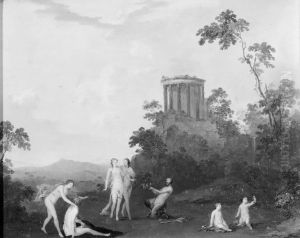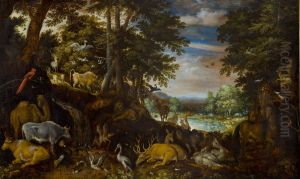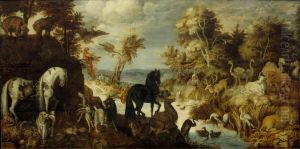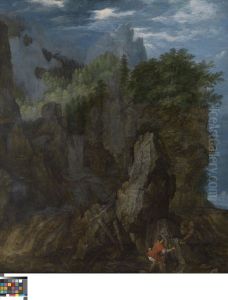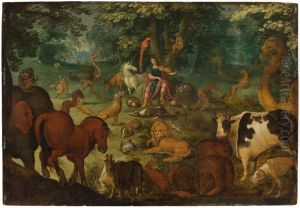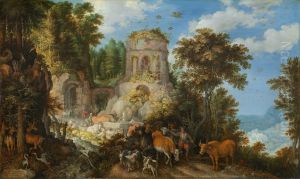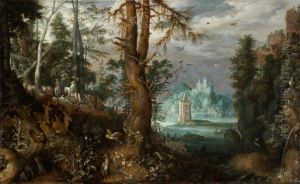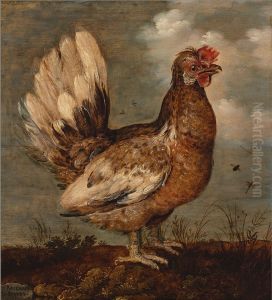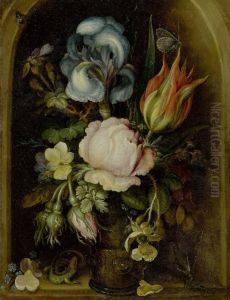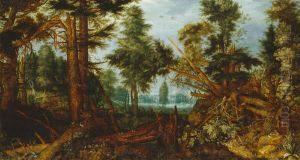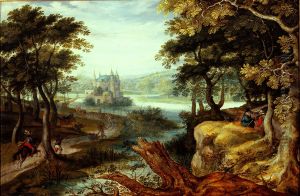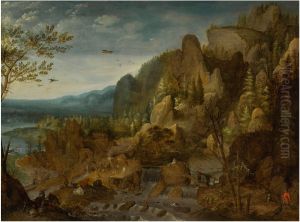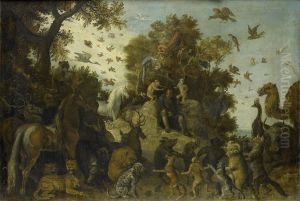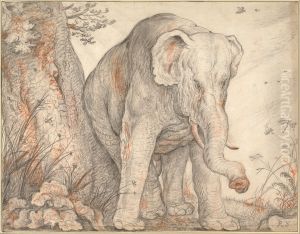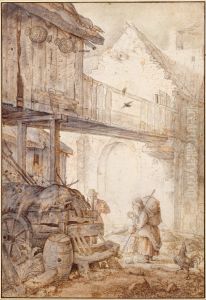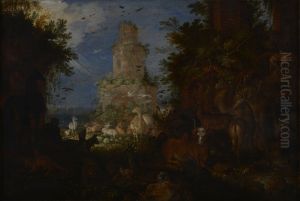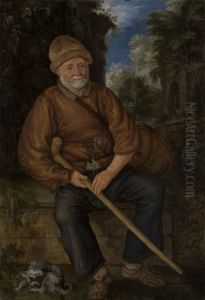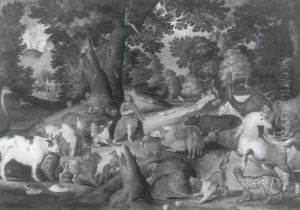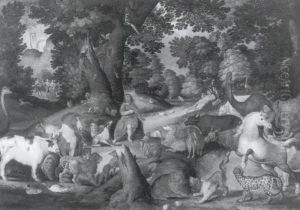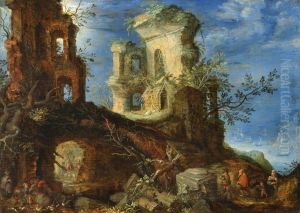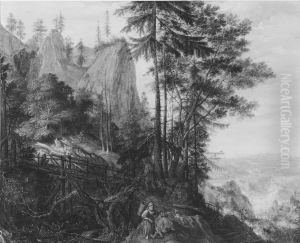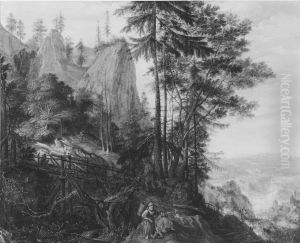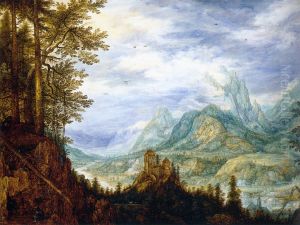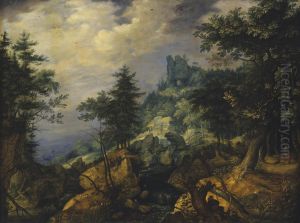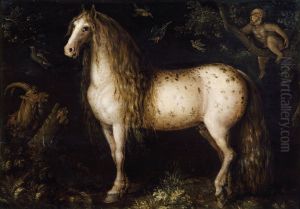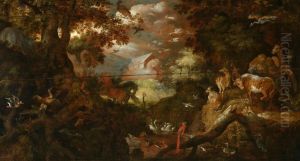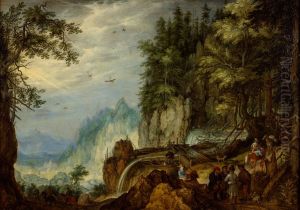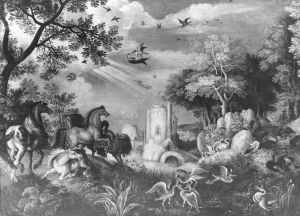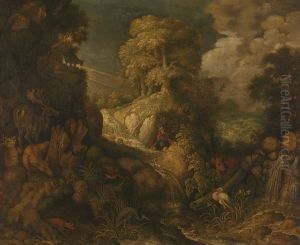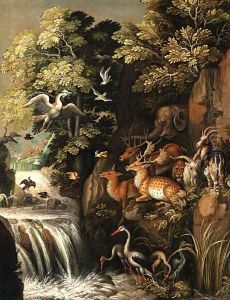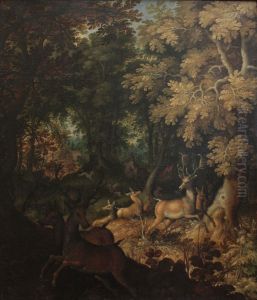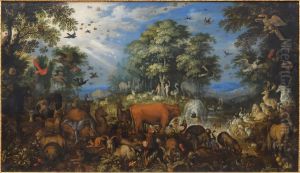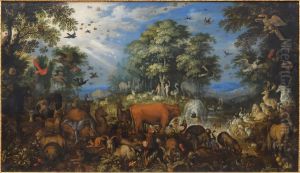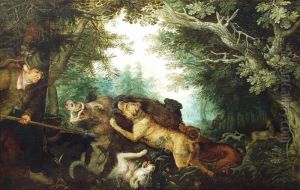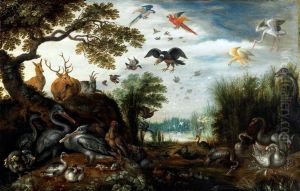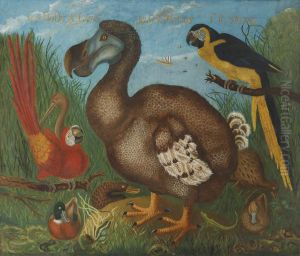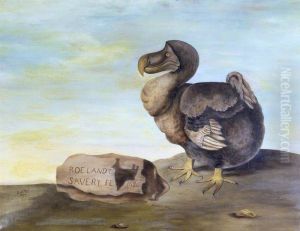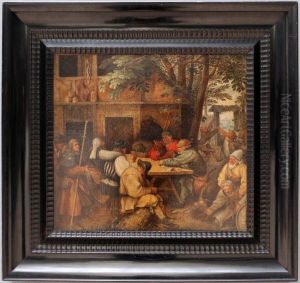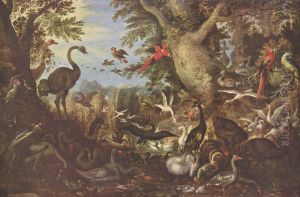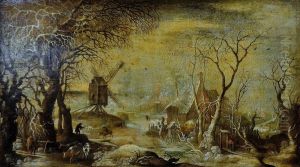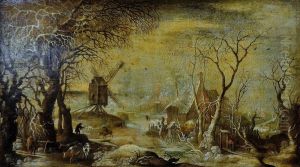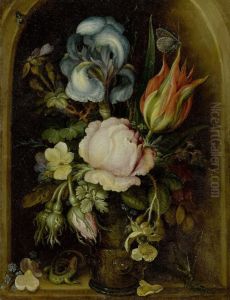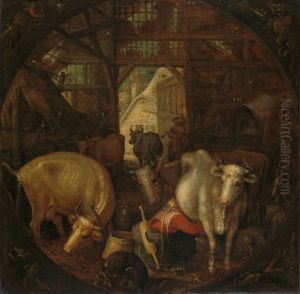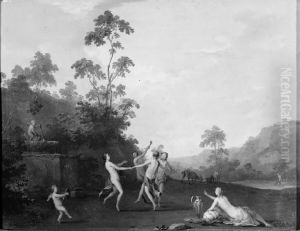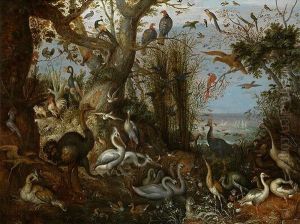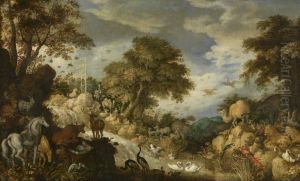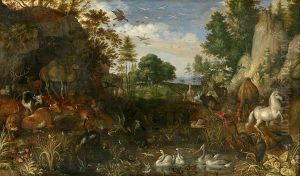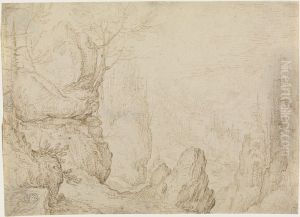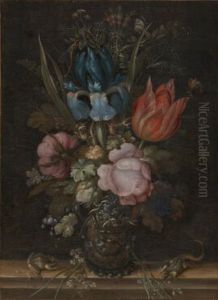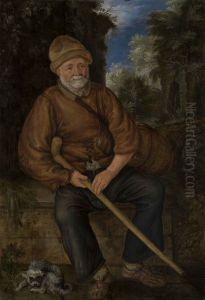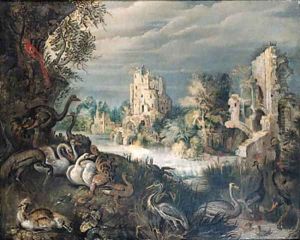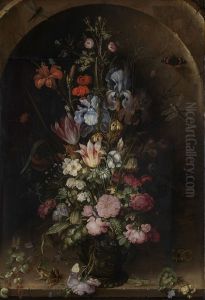Roelant Savery Paintings
Roelant Savery was a Flemish-born Dutch Golden Age painter, draughtsman, and a prominent member of the early 17th-century European art scene. Born in Kortrijk (now in Belgium) in 1576, into a family of painters, Savery's early life was shaped by the tumult of the Eighty Years' War, which led his family to move to Haarlem in the Northern Netherlands for safety. His artistic journey began under the tutelage of his brother, Jacob Savery, who was also an accomplished artist. This familial apprenticeship set the stage for Roelant's development into a versatile painter, known for his mastery in depicting landscapes, still lifes, and animal scenes.
Savery's work is distinguished by its detailed rendering of nature, imbued with a sense of fantasy and meticulous attention to detail. In 1604, he moved to Prague to work at the court of Emperor Rudolf II, a known patron of the arts and an avid collector. This period was crucial for Savery, as the emperor's vast menagerie provided him with endless subjects for his paintings, allowing him to excel in his depictions of exotic animals and fantastical landscapes. His work 'The Dodo', created in the early 17th century, is one of the most famous and earliest known images of the now-extinct bird, reflecting his interest in natural history and his role in documenting it.
After the death of Rudolf II, Savery moved to the Dutch Republic, where he continued to work and influence the burgeoning art scene. His landscapes became more idyllic and often included biblical or mythological themes, showcasing his ability to blend naturalistic observation with imaginative composition. Roelant Savery's contributions to the Dutch Golden Age of painting were significant, with his works being highly sought after by collectors and influencing generations of artists. He passed away in Utrecht in 1639, leaving behind a legacy that not only provides a window into the natural world of his time but also reflects the rich cultural and artistic milieu of the early 17th century.
